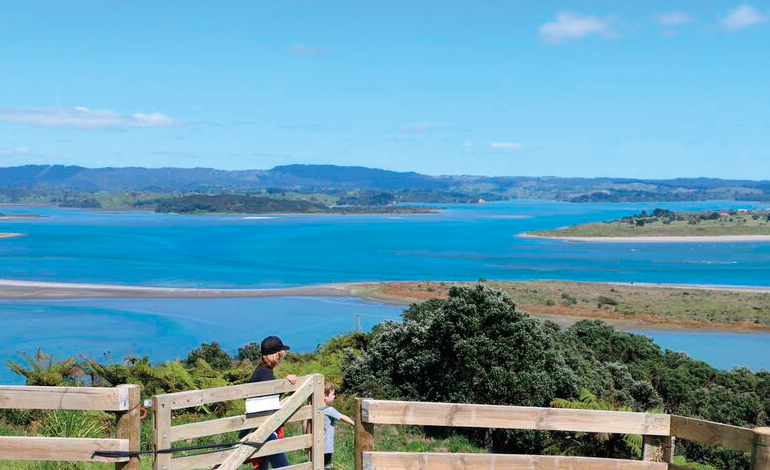LGNZ is calling on the Government to bolster the provisions for communities to have a stronger voice in the exposure draft of the Natural and Built Environments Bill if it wants to improve environmental outcomes and enable development within limits.
Association president Stuart Crosby says that, while the resource management reform is starting to shape up, there is still work to be done to avoid the same mistakes being made that happened with the RMA.
“The reform of the RMA is sorely needed, and the Government is headed in the right direction with its strategic planning and national planning framework. However, we’d like to see more of a local voice present in plan-making as well as stronger accountability.
“This is critical for councils and their communities to improve outcomes across the broad spheres of social, environmental and economic wellbeing. Currently, the exposure draft needs more thought to ensure communities have a say in shaping their cities, towns and regions.
“What needs to be avoided at all costs is charging ahead with an approach that ‘anything has to be better than the RMA’.
“Critical appraisal is required to ensure the proposed changes will unquestionably improve on the status quo. We are concerned some of the proposed matters for inclusion in the new legislation do not achieve this objective.
“In particular, the urban development provisions in the Bill are undercooked and likely to hinder the Government’s objective of increasing housing supply.
“LGNZ, with the support of broader local government, will continue to be available to partner with the Government as they shape up the replacement legislation. This new model for enduring engagement between central and local government is on the right track and we expect to see it span policy development, transition and implementation.”
The LGNZ’s submission to the Government outlines the key areas it where the Natural and Built Environments Bill needs more work. These include: incorporating the local voice in the planning and design of public spaces (place-making); ensuring accountability of decision-makers; enabling urban development, the built environment and infrastructure; and ensuring the ‘purpose statement’ is clear, to avoid potentially years of legal challenge.


